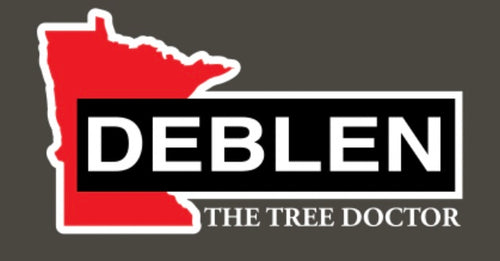Collection: Does Your Ash Tree Need Treatment for Emerald Ash Borer? (EAB)
According to years of study all over the US, Ash trees need indefinite treatment to be successful against this invasive and constantly present insect once it has settled into your area. Yearly treatments are best since once the insects have been detected they do not leave the Ash tree’s environment. A protected and healthy tree will fair the best against this threat.
Treatment consists of root and trunk injections, fogging, as well as soil and trunk drenching. We also add all-natural nutrients to the tree roots to increase uptake of nitrogen, minerals, carbon, and improve healthy sap. We have found through research and years of treating ash trees in Minnesota that a healthy tree resists the bad effects of the EAB much better than an unhealthy tree.
How do you keep your Ash tree healthy? What if your tree is already sick?
Because we address the entire tree’s health, soil vitality, and nutrition our approach will work for both healthy ash trees and those that are not still in top health. This means even if you have noticed your ash in decline already, in many cases, we can bring your tree back to health with regular treatments.
We also include a free health checkup on your ash trees later the same season of treatment to ensure your trees are doing well after our care.
Most traditional chemical treatments can only be applied to healthy Ash trees, this is partly because they can stress the tree for a time and need to recover from the chemicals that are injected and/or applied. This is not the case after a Deblen treatment.
Want to know more about our treatment program? Contact us today to set up your Ash tree assessment and treatment plan.
For your information:(The following article about the EAB is from the university of Minnesota website)
Emerald ash borer (EAB)
Emerald ash borer is an invasive insect that has killed millions of ash trees throughout the eastern half of the U.S. and southeastern Canada. Native to eastern Russia, northern China, Japan, and Korea, emerald ash borer infests and kills both weak and healthy ash trees. All ash species native to North America are vulnerable to attack. With nearly 1 billion ash trees in Minnesota, the spread of emerald ash borer will have a serious impact on our forests and communities.
Emerald ash borer is regulated by the Minnesota Department of Agriculture.
Although frigid winter temperatures in northern Minnesota may help to slow the spread and survival of emerald ash borer, cold won't stop it completely.
Identification and life cycle
Most of the EAB life cycle takes place below the bark. Woodpeckers readily probe for larvae feeding beneath the bark, and often reveal infested trees during the winter months. These trees become covered in light-colored "flecking" as woodpeckers remove the outer bark.
As tunnels (called galleries) from feeding larvae accumulate and disrupt the flow of a tree's nutrients, trees begin to show signs and symptoms of the infestation. Once symptoms have started to show, trees generally die within one to three years.
Signs and symptoms of emerald ash borer infestation, Where is emerald ash borer?
Emerald ash borer was first discovered in North America in southeast Michigan in 2002, and has now spread to many other U.S. states and some Canadian provinces. In Minnesota, it was discovered in 2009 in St. Paul, and a year later in Minneapolis and southeast Minnesota. Emerald ash borer continues to spread; it was found in greater Duluth in 2015.
Impact
Minnesota forests are home to an estimated 1 billion ash trees. Many of these trees are in nearly pure stands of black ash growing in wet areas, where they help maintain the water table. Once emerald ash borer has killed these trees, the wet forest habitat may change over to grass, cattails, and shrubs, threatening the plants and animals that rely on black ash and forest habitats.
Minnesota cities also have an abundance of ash, making up 60 percent of the trees in some communities. City budgets will be further strained as more and more communities are challenged with removing large numbers of trees killed by emerald ash borer.
https://www.dnr.state.mn.us/invasives/terrestrialanimals/eab/index.html
No products found
Use fewer filters or remove all
Subscribe to our emails
Subscribe to our mailing list for insider news, product launches, and more.
